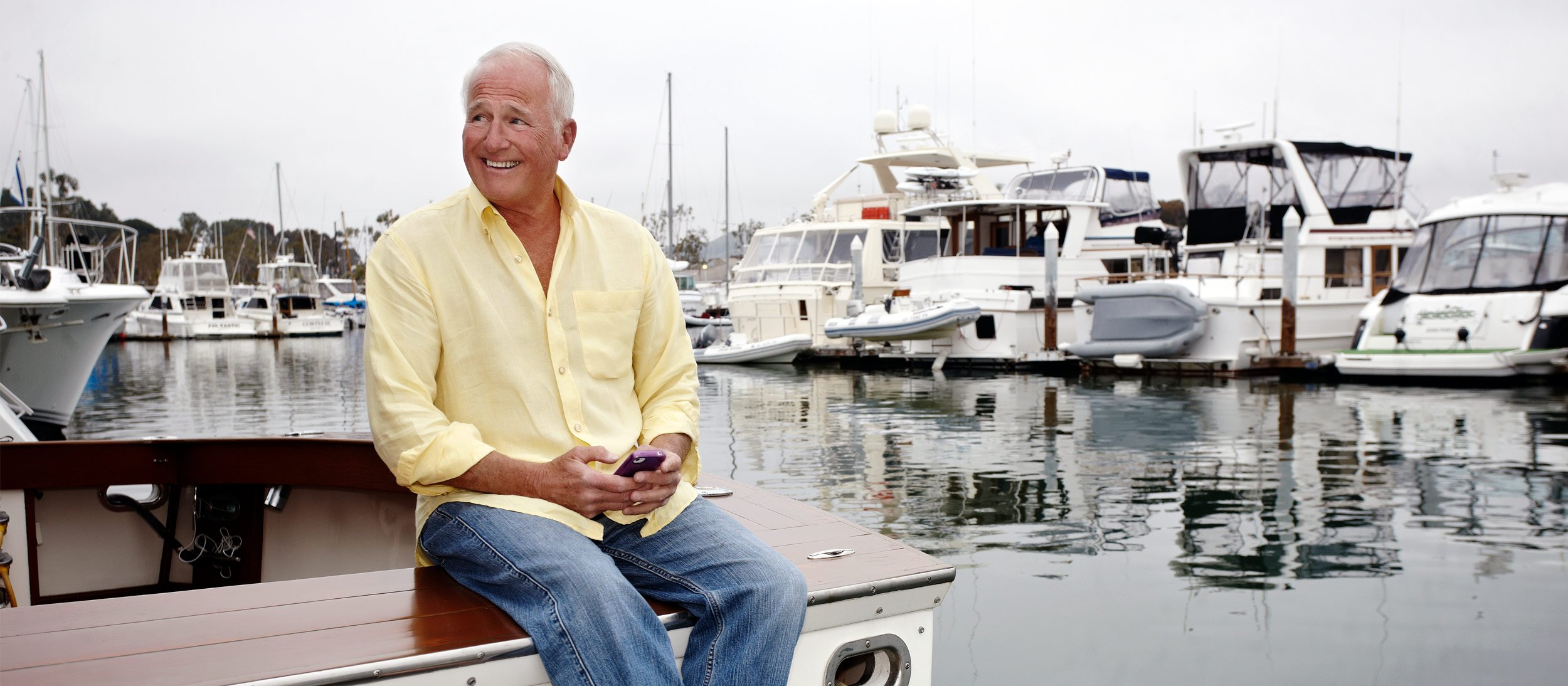Claim Center
We're in the business of helping people, providing prompt and personal claims service when you need us the most.
Call 877-242-2544 anytime, day or night, to report claims. You may also contact your independent agent to report a claim.
- Personal & Business ClaimsLearn More
- Life ClaimsLearn More
- Workers' Compensation ClaimsLearn More
Plan & Protect
Reduce risks and enjoy peace of mind with these tips and insights to protect what matters most.
Low Voltage Electric Shock a Hazard at Marinas

Ensure the safety of others; make sure your shore power is grounded.
Boaters and marina visitors should be aware of the hazards of swimming in dock areas and the phenomenon of electric shock drowning (ESD). The Electric Shock Drowning Prevention Association reports at least 60 deaths from ESD since experts began tracking the phenomenon.
How Does ESD Occur?
ESD risks in marinas and dock areas may not be obvious to observers. For example:
- ungrounded alternating current (AC) electrical wires may contact the water surface. Swimmers near the point of electrical contact experience electrical shock as the current passes through the water. Voltage is highest at the point where wires contact the water but a gradually decreasing voltage, called an electrical gradient, radiates from that point – like concentric rings of a target. When a swimmer’s body bridges differing voltages between two or more rings, electrical shock occurs, interfering with muscle control and resulting in drowning.
- an ungrounded AC circuit on a boat could contact a conductive item such as metal or a collection of conductive metal objects. The electrical current is transferred out of the boat via another metal conductive object, such as a propeller, and the current moves into the water and along an electrical gradient.
Danger Zones
The potential for ESD is greater in marina areas because dock electrical devices are subject to corrosion, vibration and damage from boat strikes, thus creating the ground-fault condition. Improper shoreline hookups, such as the lack of weatherproof connections, incorrectly matched current ratings, lack of continuity in grounding and generally loose wiring also create hazardous scenarios. When effective grounding is provided, any stray electrical current is returned to the electrical source (on the shore). When grounding is not provided, stray electrical current flows through an available conductive object, such as the human body.
The insidious aspect of the ESD phenomenon is that the fault current is not perceptible. Electrical devices on boats still operate, and the electrical current cannot be measured without a meter. There is reason to believe many dockside drownings are actually caused by ESD. Drowning is often ruled as the cause of death, but the electrical shock is so minimal the effect on the swimmer is not apparent. Consider that as little as 5 milliamps of current will interfere with muscular control, compared to the 60 amps of current that powers a light bulb in our home, according to information from the Occupational Safety and Health Administration.
Because of the way salt conducts electrical current, ESD is less likely to occur in saltwater. The current is conducted away from the salt-rich human body into the surrounding saltwater. In freshwater environments, there is no salt to attract the current, leaving the victim more vulnerable.
Keep Alert
- Swimmers: Avoid swimming in marinas, alongside docks and in the vicinity of boats.
- Boaters: Hire a qualified marine electrician to install ground fault protection devices in your boat and on shoreline connectors.
- Marina operators: Provide approved shore power hookups and take note of damaged electrical devices on docks and questionable shore power hookups from other patrons.
This loss control information is advisory only. The author assumes no responsibility for management or control of loss control activities. Not all exposures are identified in this article. Contact your local, independent insurance agent for coverage advice and policy service.